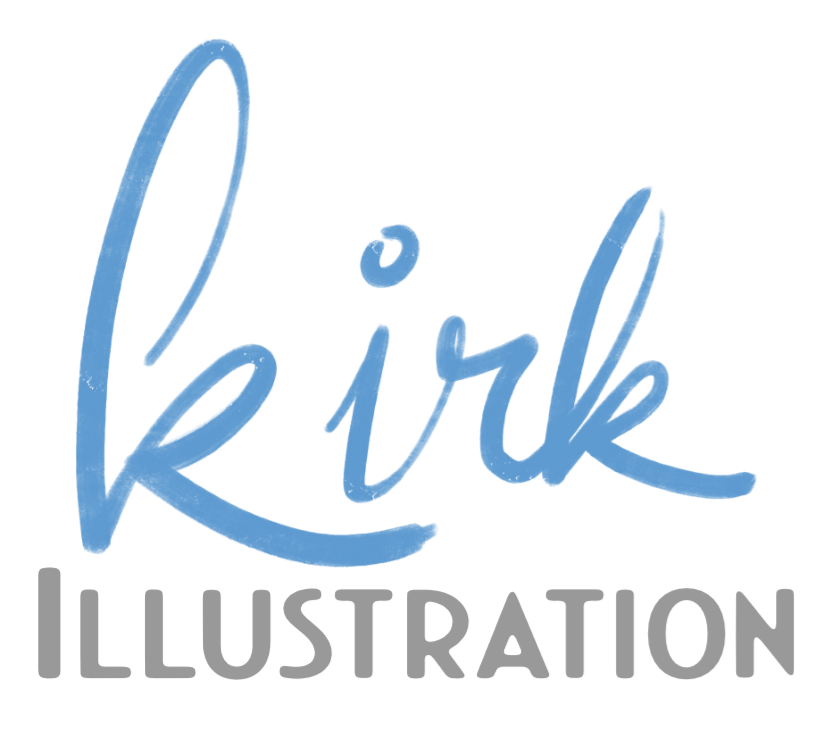As an illustrator, one of the most rewarding aspects of my work is creating illustrations that bring characters to life. Whether it’s a mischievous rabbit or a brave knight, a well-drawn character can capture the imagination and captivate young readers. In this post, I’ll share my tips for creating engaging illustrations that bring characters to life and make them jump off the page.
Research and Reference
The first step in creating engaging character illustrations is to do your research and gather reference material. This may include reading the story multiple times, creating a character profile, and sketching out preliminary designs. It’s also helpful to gather visual references, such as photos, art, and other illustrations, to inspire your own designs and add depth and nuance to your characters.
Body Language and Expressions
Once you have a basic design for your character, it’s important to pay attention to their body language and expressions. A well-drawn character should be able to convey their personality and emotions through their posture, facial expressions, and movements. Take the time to explore different poses and expressions for your character, and experiment with subtle variations to find the perfect look for each scene.
Capturing the Essence of the Story
An engaging character illustration should not only capture the essence of the character but also the essence of the story. Think about the tone and mood of the story and how your character fits into that world. For example, if the story is light-hearted and whimsical, your character illustrations should reflect that with playful expressions and exaggerated movements. If the story is dark and mysterious, your character illustrations should have a more serious and brooding tone.
Composition and Layout
The composition and layout of your character illustrations can also play a crucial role in bringing them to life. Consider the size and placement of your character in the scene, as well as the background and surrounding elements. Use contrast and balance to create visual interest, and experiment with different perspectives and angles to create a sense of depth and movement.
Creating engaging character illustrations for children’s books is a rewarding and challenging endeavor. By doing your research and gathering reference material, paying attention to body language and expressions, capturing the essence of the story, and experimenting with composition and layout, you can bring your characters to life and create illustrations that capture the imagination and inspire young readers.
